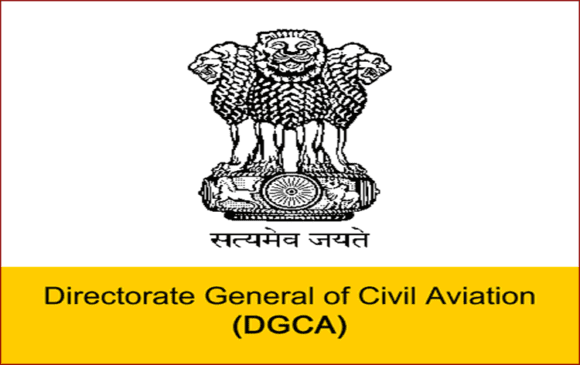Swedish hybrid-electric airplane maker Heart Aerospace announced it has raised $107m in Series B funding The new round brings the total financing raised by Heart Aerospace since its inception to $145 million.
Among new investors is Sagitta Ventures, a Danish investor focused on early-stage companies. Other investors include Air Canada, Breakthrough Energy Ventures, European Innovation Council Fund, EQT Ventures, Lowercarbon Capital, Norrsken VC, United Airlines, and Y Combinator.
‘We couldn’t be more excited about this round,” said Anders Forslund, co-founder, and CEO of Heart Aerospace. “This investment furthers our mission to decarbonize and democratize air travel. Air travel is globally its infancy. Billions of people around the world are looking to be connected to this amazing infrastructure over the next decade. Meanwhile, the industry has committed to net zero emissions by 2050. The only way forward is to decouple the tremendous growth in aviation from its emissions, and we believe ES-30 is the first stepping stone. Moreover, because of the superior economics of electric aircraft over their fossil-fuel counterparts, the ES-30 will bring back service to communities that have lost connectivity and open many new markets. This upcoming year is an exciting one for Heart Aerospace as we prepare to unveil our full-scale aircraft demonstrator.”
In addition to announcing new funding, Heart Aerospace said EQT Ventures partner Ted Persson will be joining the company’s Board of Directors.
“As someone said, the stone age didn’t end because we ran out of stones and the fossil fuel age won’t end because we run out of fossil fuels. Heart Aerospace is taking decarbonization to the skies and we’re proud to be funding technology that will fundamentally change the aviation industry,” said Ted Persson. “We believe that sustainable industrial and electrification solutions are not just the future; they are the present, and our investment strategy reflects our unwavering commitment to driving positive change in these critical sectors.”
“Ted brings to Heart Aerospace’s Board a wealth of expertise in product design, user experience, storytelling and branding,” said John Slattery, Chairman of Heart Aerospace’s Board of Directors. “We are delighted to have him on our team.”

Heart Aerospace will use the funding to build its business and make progress toward type certification of the company’s first hybrid-electric airplane, the ES-30. The ES-30 is a regional airplane with a seating capacity of 30 passengers offering lower emissions, lower noise pollution and lower operating costs on short haul routes than current conventionally fueled airplanes.
The ES-30 is currently the only clean sheet hybrid-electric airplane of its size with an active type certification application with EASA. The focus in the upcoming year will be on the development of Heart Aerospace’s hybrid- electric power train.
Heart Aerospace has 250 orders for the ES-30, with options and purchase rights for an additional 120 planes. The company also has letters of intent for a further 191 airplanes.
The ability raise capital in the segment is a great sign. The European market is clearly leading the path to green aviation – and high fuel taxes are helping that.
Then there’s the other shoe: The ES-30 has a short range like all electric aircraft. This is not a show stopper per se. But it is a concern for the world’s largest regional airline market, the USA. These aircraft, including the ES-30, have hybrid power because of a fossil fueled generator to provide electrical power when needed.
Another challenge for the hybrid-electric segment is the load – only 30 passengers. Using the US again as a yardstick, the market has moved far beyond 50-seaters and now the 76-seater is the standard. There’s a yawning gap.
It is a good sign that United and Air Canada are ES-30 customers and investors. These airlines know the North American regional requirements. Note that both these airlines are network carriers. That means they require hub feed and distribution.
It also means they have a “network speed”, typically around 0.8M. Anything that flies slower than that slows down the system with unpleasant economic implications. Remember American Airlines network speed was limited to 0.7M because the MD-80s operated at that speed, while the rest of the fleet ran at 0.8M.
However, in the favor of the ES-30 and other similar projects, is the fact that the US is desperate for a solution with over 300 communities having lost connectivity.
In summary, prospects look interesting. But several big operational questions need to be addressed. Between those two positions, is the growing concern with Green-washing working its way through commercial aviation. This remains a fascinating space to watch, because regional flying will be the first to see disruptions from new hybrid-electric technologies.
Views: 7




